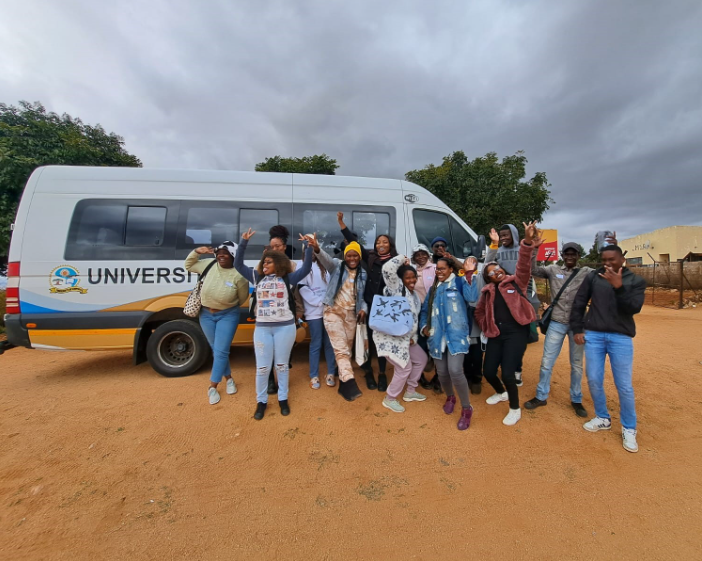
Hey there, fellow researchers! The WoPedyP research team took a trip to the Polokwane Municipality in 2022, and boy, was it an adventure! We set out to understand how this municipality works within the tribal areas of Mothiba, Mothapo, Nobody, and the larger Mankweng region. Spoiler alert: it was a deep dive into some pretty intricate stuff!
The Collaboration Conundrum: Next, we dove into the tricky waters of collaboration – or the lack thereof. The Polokwane Municipality officials shared their struggles in working with tribal leaders. These leaders have the final say on land decisions, which makes things complicated. It’s like trying to plan a party but not being able to talk to the host! This disconnect means development efforts are often disjointed, missing out on the chance for some awesome community planning. The officials stressed the need for better communication and teamwork, but they know it’s easier said than done.
Land Use and Tribal Traditions: Our team also got a crash course in the complex world of land use and distribution in tribal areas. Unlike urban areas where the municipality calls the shots, here, the tribal authority is the big boss. This traditional governance adds layers of complexity to land management, often leading to conflicts. It’s like trying to play a game where the rules keep changing! Understanding these traditional systems is key to making any real progress in development planning.
Wrapping Up the Adventure: Our visit to the Polokwane Municipality was nothing short of enlightening. We uncovered the many challenges and opportunities in the tribal areas of Mothiba, Mothapo, Nobody, and Mankweng. The need for regulated development along the R71 was clear, as was the importance of better collaboration between the municipality and tribal authorities. By appreciating the intricate dynamics of land use and distribution, the WoPedyP team is now better equipped to engage in meaningful conversations that respect both traditional governance and modern regulatory frameworks. So, here’s to bridging gaps and building a brighter, more coordinated future for everyone involved!